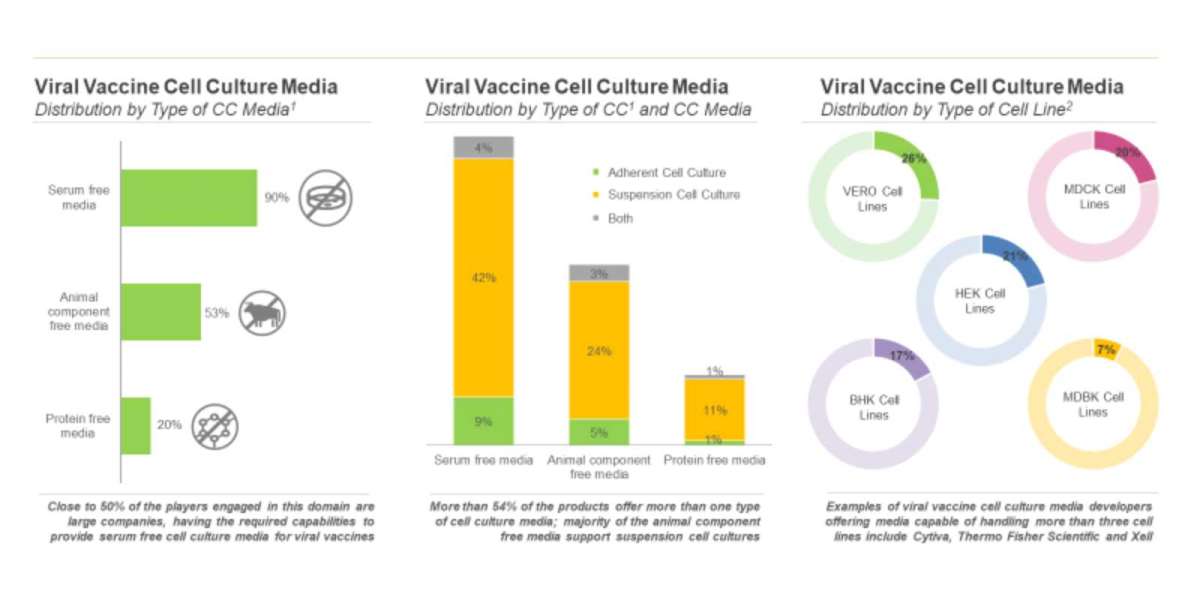Unlocking the Secrets: Discover the Signs That Reveal When You Might Be Expecting!
Understanding the signs of pregnancy and the timing of conception is a crucial aspect of family planning. For many, the journey towards parenthood can be both exciting and overwhelming. Knowing how to find out when you might be pregnant not only helps in planning but also in preparing for the changes that come with pregnancy. Whether you are trying to conceive or simply curious about your body’s signals, recognizing these signs can empower you to take informed steps. This article delves into the intricacies of conception timing, the early signs of pregnancy, methods to confirm pregnancy, and the emotional and physical changes that accompany this life-altering experience.

Understanding Conception Timing
To grasp the concept of when you might get pregnant, it's essential to understand your menstrual cycle. The menstrual cycle typically lasts about 28 days, although it can vary from person to person. This cycle comprises several phases: the follicular phase, ovulation, and the luteal phase. Ovulation occurs when an ovary releases an egg, which can be fertilized by sperm. Knowing when you ovulate can significantly enhance your chances of conception. The fertile window, which is typically five days before ovulation and the day of ovulation itself, is when you're most likely to get pregnant. Tracking your cycle through calendars or apps can help pinpoint this window. Personal anecdotes, like how a friend successfully conceived after tracking her cycles, highlight the effectiveness of understanding your body’s rhythms. By paying attention to these details, you can better determine the ideal time for conception.
Common Early Signs of Pregnancy
Once conception occurs, various signs may indicate that you are pregnant. The most common early sign is a missed period, which can prompt many to take a pregnancy test. However, other signs can appear even before this. Nausea, often referred to as morning sickness, is another prevalent symptom that can start as early as two weeks after conception. Fatigue can also set in due to hormonal changes, leaving you feeling more tired than usual. Breast tenderness is another sign; many women notice changes in their breasts, such as increased sensitivity or swelling. A friend of mine shared her experience of feeling unusually fatigued and having to nap frequently before she even missed her period, which led her to suspect she might be pregnant. By being aware of these early signs, you can take proactive steps to confirm your pregnancy.
Methods to Confirm Pregnancy
Once you suspect that you might be pregnant, confirming it is the next step. Home pregnancy tests are widely available and can provide quick results. These tests work by detecting the hormone hCG (human chorionic gonadotropin) in your urine, which is produced shortly after a fertilized egg attaches to the uterus. For the most accurate results, it's advisable to take a test after your missed period. However, if you receive a positive result, or even if you're unsure, consulting a healthcare professional is essential. They can perform more definitive tests and guide you through the next steps. It's important to remember that while home tests are convenient, professional advice ensures that you have accurate information regarding your pregnancy status.
Emotional and Physical Changes
Pregnancy brings about significant emotional and physical changes, which can sometimes be mistaken for premenstrual symptoms. Mood swings are common due to fluctuating hormones, and many women experience heightened emotions. Physically, you may notice changes such as increased urination, food cravings, or aversions. These symptoms can often overlap with those experienced before menstruation, making it challenging to identify pregnancy early on. Listening to your body and recognizing these shifts is vital. A close friend recounted how she initially attributed her emotional sensitivity to premenstrual syndrome (PMS) until she realized it was an early indication of pregnancy. Understanding these nuances can help you differentiate between normal cycles and the onset of pregnancy.
Key Takeaways on Understanding Pregnancy Timing
In summary, understanding how to find out when you might be pregnant involves recognizing the timing of conception and being aware of the early signs of pregnancy. From tracking your menstrual cycle to identifying common symptoms like missed periods and nausea, knowledge is empowering. It’s crucial to take note of your body's signals and seek professional advice when necessary. By doing so, you can navigate the journey toward parenthood with confidence and clarity, ensuring you are well-prepared for the exciting changes ahead.



